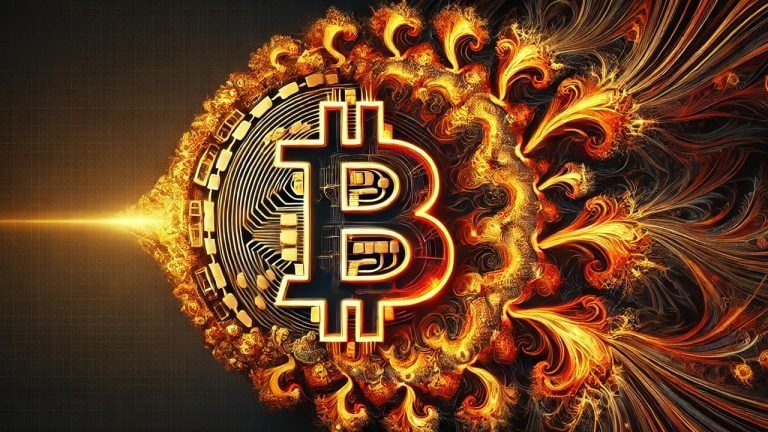 According to the latest data, the blockchain network Fractal Bitcoin continues to capture around 226 exahash per second (EH/s) of Bitcoin’s hashrate via merged mining. Additionally, Fractal Bitcoin’s native crypto asset, FB, achieved an all-time high (ATH) last week but has since dropped 61.9% below that ATH just six days later. Mining Pools Reap Rewards […]
According to the latest data, the blockchain network Fractal Bitcoin continues to capture around 226 exahash per second (EH/s) of Bitcoin’s hashrate via merged mining. Additionally, Fractal Bitcoin’s native crypto asset, FB, achieved an all-time high (ATH) last week but has since dropped 61.9% below that ATH just six days later. Mining Pools Reap Rewards […]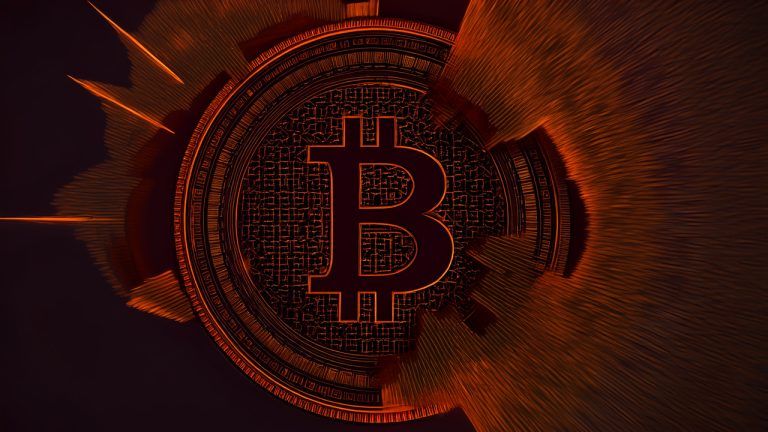 Data reveals that after Fractal Bitcoin’s mainnet went live, the project’s block explorer indicates the blockchain now controls over 35% of Bitcoin’s total hashrate. While Bitcoin hums along at an impressive 681 exahash per second (EH/s), Fractal Bitcoin’s sidechain has attracted about 241 EH/s of merged mining hashpower. Fractal Bitcoin Captures More Than 240 EH/s […]
Data reveals that after Fractal Bitcoin’s mainnet went live, the project’s block explorer indicates the blockchain now controls over 35% of Bitcoin’s total hashrate. While Bitcoin hums along at an impressive 681 exahash per second (EH/s), Fractal Bitcoin’s sidechain has attracted about 241 EH/s of merged mining hashpower. Fractal Bitcoin Captures More Than 240 EH/s […]

The drop in mining difficulty should spell relief for the largest mining firms.
Bitcoin mining difficulty dropped by more than 5% on July 5 to a quarterly low of 79.50 terahashes (79.5T). This marked the largest reduction since March when the difficulty briefly dipped below 80T.
Difficulty spiked between March and May, when it reached an all-time high of 88.10T before beginning a slow settling to where it currently stands as of the time of this article’s publication.
Bitcoin mining difficulty is a measure in hashrate which, basically, is a measure of how many guesses a mining machine should be expected to make before it solves the cryptographic puzzle necessary to unlock one of the remaining bitcoins.

As of May, AntPool and Foundry USA controlled more than 50% of Bitcoin's hash rate. That could become a problem for Bitcoin users in the near future.
Bitcoin (BTC) mining is now in the hands of the few. Well-known mining pools have seized overwhelming power, which poses an existential threat to the world’s first digital asset. It’s the logical outcome of a design flaw by Satoshi Nakamoto.
Unfortunately, Bitcoin mining has always tended towards centralization. Bitcoin miners could once mine blocks with CPUs on personal computers due to fewer miners and therefore a lower overall hash rate. That evolved into GPUs around 2010 and into application-specific integrated circuit (ASIC) miners in 2012. ASICs ultimately gave rise to massive mining companies that filled warehouses with hundreds or thousands of rigs.
Miners who control a greater percentage of Bitcoin’s network hash rate are more likely to mine blocks and collect the Bitcoin block reward — the financial incentive for verifying and adding transactions to the Bitcoin blockchain. That’s why small-scale miners often join a mining pool along with others running their own ASICs. These miners earn in proportion to the amount of computing power they contribute to a mining pool’s network.
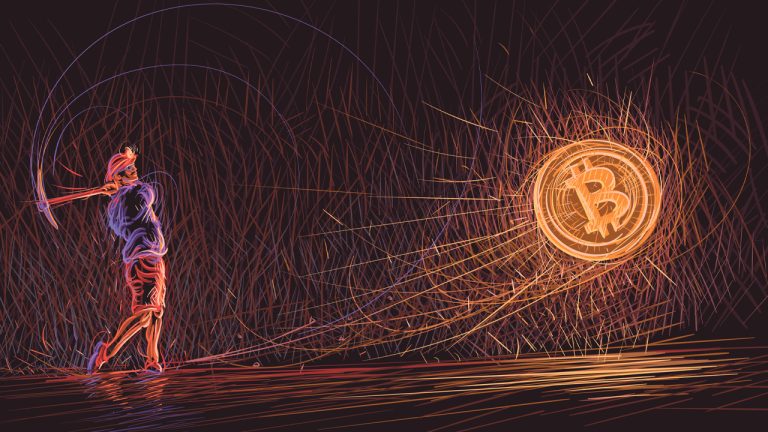 Bitcoin’s network has been putting miners through the wringer lately, with five straight difficulty increases that had them on edge. However, on May 4, 2023, at block height 788,256, the network difficulty level took a dip, dropping by 1.45% and bringing the overall difficulty down to 48.01 trillion for the next two weeks. Bitcoin Difficulty […]
Bitcoin’s network has been putting miners through the wringer lately, with five straight difficulty increases that had them on edge. However, on May 4, 2023, at block height 788,256, the network difficulty level took a dip, dropping by 1.45% and bringing the overall difficulty down to 48.01 trillion for the next two weeks. Bitcoin Difficulty […]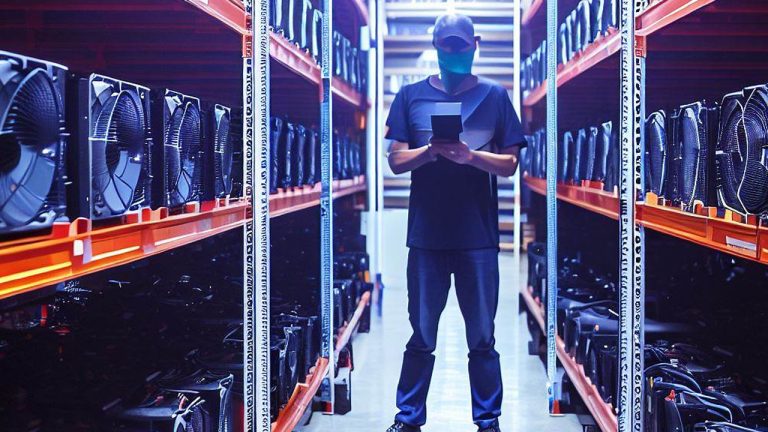 Bitcoin’s imminent difficulty change appears to be heading towards a possible decrease, marking the first time in over 73 days, ever since February 12, 2023. The network has witnessed a notable difficulty upswing of approximately 22.62% since block height 778,176. Consequently, with the current block times in place, the mining participants of the network may […]
Bitcoin’s imminent difficulty change appears to be heading towards a possible decrease, marking the first time in over 73 days, ever since February 12, 2023. The network has witnessed a notable difficulty upswing of approximately 22.62% since block height 778,176. Consequently, with the current block times in place, the mining participants of the network may […]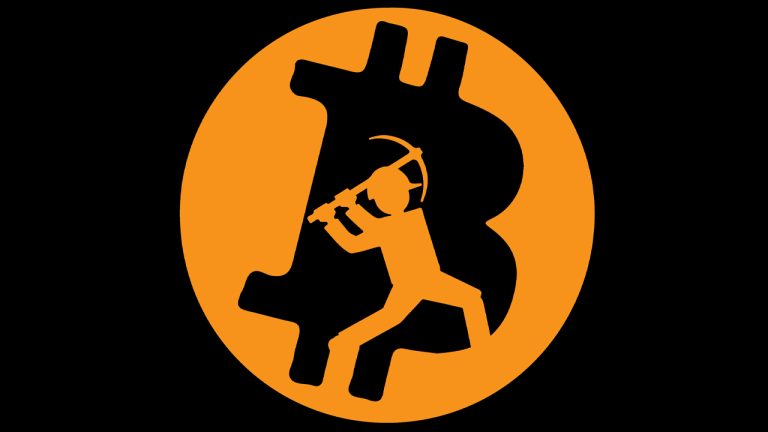 Bitcoin miners are contending with the fifth network difficulty increase since February 24, 2023, following a 1.72% rise on April 20 at block height 786,240. The network’s difficulty now stands at 48.71 trillion, marking a 22.62% increase over the last 55 days since block height 778,176. Bitcoin’s Difficulty Has Risen More Than 22% Since Block […]
Bitcoin miners are contending with the fifth network difficulty increase since February 24, 2023, following a 1.72% rise on April 20 at block height 786,240. The network’s difficulty now stands at 48.71 trillion, marking a 22.62% increase over the last 55 days since block height 778,176. Bitcoin’s Difficulty Has Risen More Than 22% Since Block […]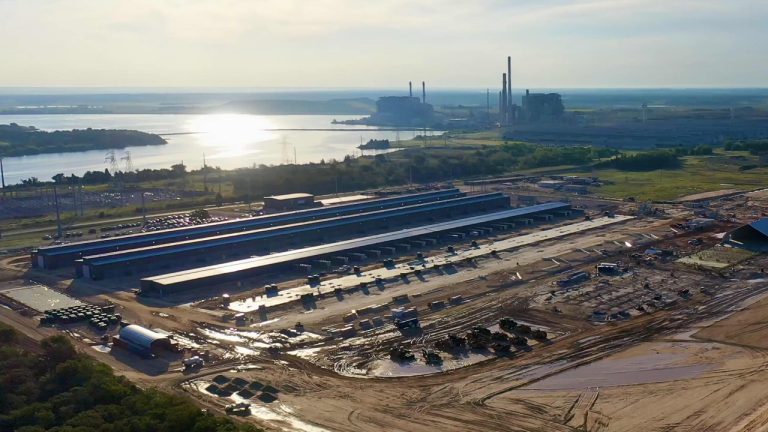 According to a recent filing with the U.S. Securities and Exchange Commission (SEC), Bitdeer Technologies Holdings, a digital mining firm founded by crypto-billionaire Jihan Wu in 2018, plans to be listed on Nasdaq this Friday. The bitcoin mining firm is scheduled to go public through a special purpose acquisition company (SPAC) deal with Blue Safari […]
According to a recent filing with the U.S. Securities and Exchange Commission (SEC), Bitdeer Technologies Holdings, a digital mining firm founded by crypto-billionaire Jihan Wu in 2018, plans to be listed on Nasdaq this Friday. The bitcoin mining firm is scheduled to go public through a special purpose acquisition company (SPAC) deal with Blue Safari […]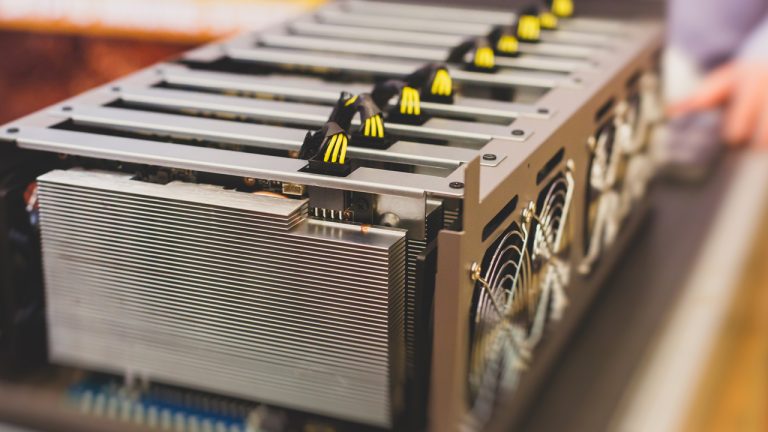 According to statistics, 4,498 blocks have been mined in the last 30 days, creating 28,112 new bitcoins over the past month. Bitcoin’s network hashrate has been around 341 exahash per second (EH/s) during the last 2,016 blocks or the last two weeks. This month, the mining pools Foundry USA and Antpool dominated the pack, accounting […]
According to statistics, 4,498 blocks have been mined in the last 30 days, creating 28,112 new bitcoins over the past month. Bitcoin’s network hashrate has been around 341 exahash per second (EH/s) during the last 2,016 blocks or the last two weeks. This month, the mining pools Foundry USA and Antpool dominated the pack, accounting […]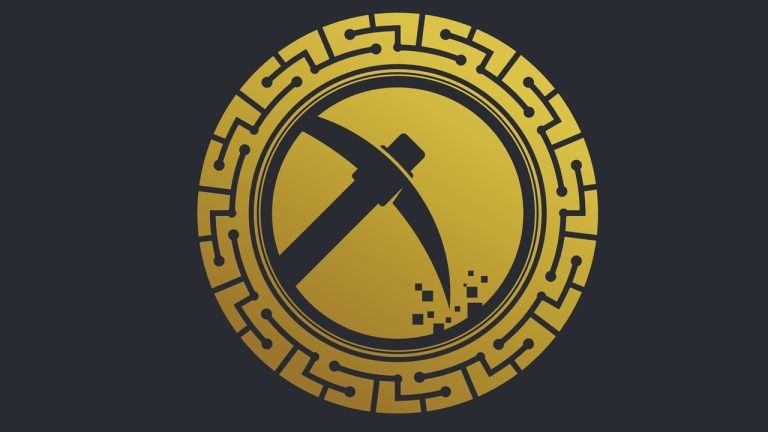 On March 23, 2023, bitcoin experienced another difficulty increase, following two previous rises in the last month, jumping 7.56% higher. Currently, bitcoin miners have not been deterred by the increases, as the network hashrate has been coasting along at 346 exahash per second (EH/s). Bitcoin Hashrate Remains High Despite Recent 7.56% Difficulty Rise As of […]
On March 23, 2023, bitcoin experienced another difficulty increase, following two previous rises in the last month, jumping 7.56% higher. Currently, bitcoin miners have not been deterred by the increases, as the network hashrate has been coasting along at 346 exahash per second (EH/s). Bitcoin Hashrate Remains High Despite Recent 7.56% Difficulty Rise As of […]